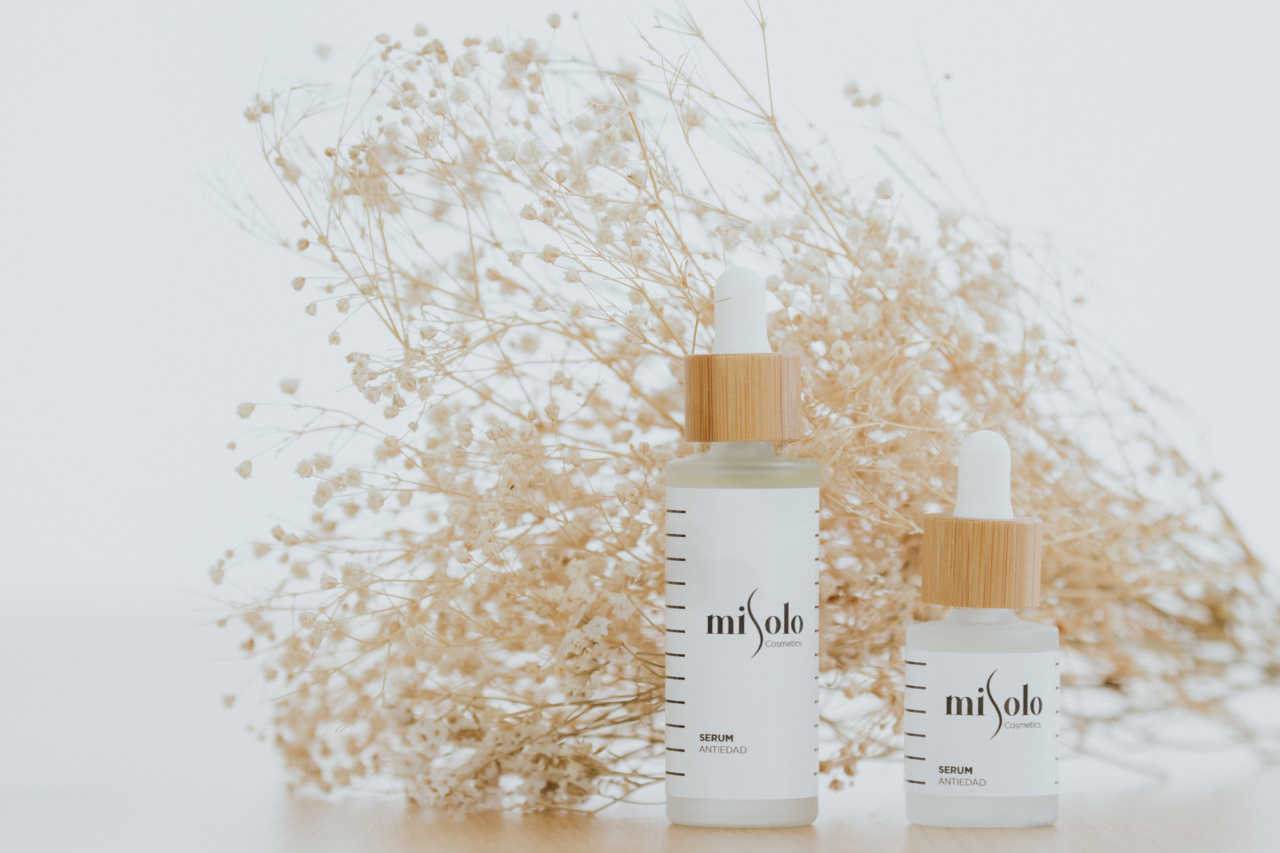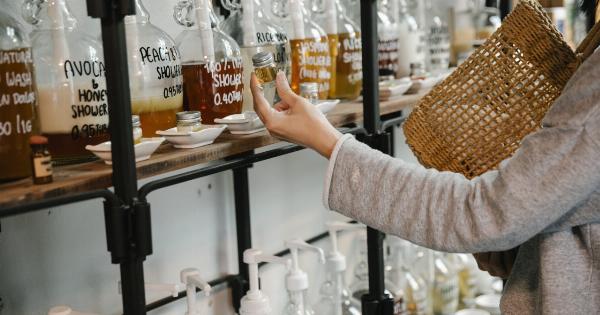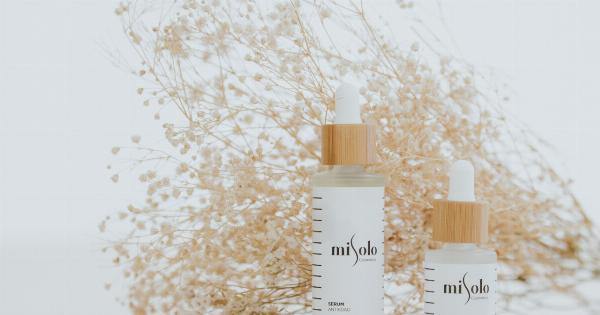When it comes to choosing skincare and cosmetic products, most of us prioritize the use of safe and non-toxic ingredients.
However, you may be surprised to learn that the beauty industry remains largely unregulated, allowing potentially harmful substances to be used in the products we use daily. As a result, many countries have implemented regulations and restrictions on certain ingredients in cosmetics. In this article, we will explore some of these restricted ingredients and the reasons behind their bans.
1. Parabens
Parabens are a class of synthetic preservatives commonly used in cosmetics to extend their shelf life and prevent the growth of harmful bacteria and mold. However, several studies have raised concerns about their potential health risks.
Parabens can mimic estrogen in the body, disrupting hormonal balance and potentially leading to reproductive issues and certain types of cancers. As a result, many countries have restricted the use of parabens in cosmetics, especially in products for children and pregnant women.
2. Phthalates
Phthalates are a group of chemicals used to soften plastics and give them flexibility. They are also commonly found in cosmetics, particularly in fragrances, nail polishes, and hairsprays.
Some phthalates have been linked to reproductive and developmental abnormalities, making them a significant concern for human health. Several countries, including the European Union, restrict the use of certain phthalates in cosmetics due to their potential adverse effects.
3. Formaldehyde
Formaldehyde is a colorless gas with a strong smell commonly used as a preservative in various cosmetic products, such as nail polishes, hair straightening treatments, and eyelash adhesives.
Prolonged exposure to formaldehyde releases can cause respiratory issues, allergic reactions, and even cancer. Due to its potential health risks, many countries have restricted the use of formaldehyde-releasing preservatives in cosmetics.
4. Lead
Lead is a toxic heavy metal that has been historically used in cosmetics for its color-enhancing properties. However, exposure to lead can result in various health problems, including neurological damage, developmental delays, and reproductive issues.
As a result, many countries have banned or restricted the use of lead and its compounds in cosmetics.
5. Mercury
Mercury is another toxic heavy metal that has been used in cosmetics in the form of mercury salts, mostly as skin lightening and anti-aging ingredients.
Prolonged exposure to mercury can cause damage to the nervous system, kidneys, and other vital organs. Due to its severe health risks, the use of mercury in cosmetics is heavily restricted or banned in many countries.
6. Hydroquinone
Hydroquinone is a skin lightening agent commonly used to treat hyperpigmentation and dark spots.
However, prolonged use of hydroquinone can result in skin irritation, sensitivity, and even ochronosis (a skin disorder characterized by darkening and thickening of the skin). Many countries have imposed restrictions on the concentration of hydroquinone allowed in cosmetic products.
7. Triclosan
Triclosan is an antibacterial and antifungal agent found in various consumer products, including cosmetics, soaps, and toothpaste. It has been associated with hormonal disruptions, antibiotic resistance, and environmental concerns.
Several countries have restricted the use of triclosan in cosmetics to protect both human health and the environment.
8. Toluene
Toluene is a solvent commonly found in nail polishes and hair dyes. Prolonged exposure to toluene can cause neurological damage, respiratory issues, and harm to the unborn child during pregnancy.
Due to its health risks, many countries have limited the use of toluene in cosmetics and beauty products.
9. Coal Tar
Coal tar is a byproduct derived from coal processing and is commonly used in hair dyes, shampoos, and scalp treatments to treat dandruff and psoriasis.
However, coal tar contains several harmful compounds, including polycyclic aromatic hydrocarbons (PAHs) which are known to be carcinogenic. Many countries have restricted or regulated the use of coal tar in cosmetic products.
10. Formaldehyde-releasing preservatives
In addition to formaldehyde itself, certain cosmetic products may contain formaldehyde-releasing preservatives like DMDM hydantoin, diazolidinyl urea, and quaternium-15.
These preservatives can slowly release small amounts of formaldehyde over time, contributing to the potential health risks associated with formaldehyde exposure. As a result, some countries have restrictions on the use of these preservatives in cosmetics.
In conclusion, the restrictions and regulations placed on certain ingredients in cosmetics are aimed at protecting consumer health and safety.
By being aware of these restricted ingredients, consumers can make more informed choices when selecting skincare and cosmetic products. It is essential to prioritize products that are free from harmful substances and opt for those with natural and non-toxic alternatives.





























